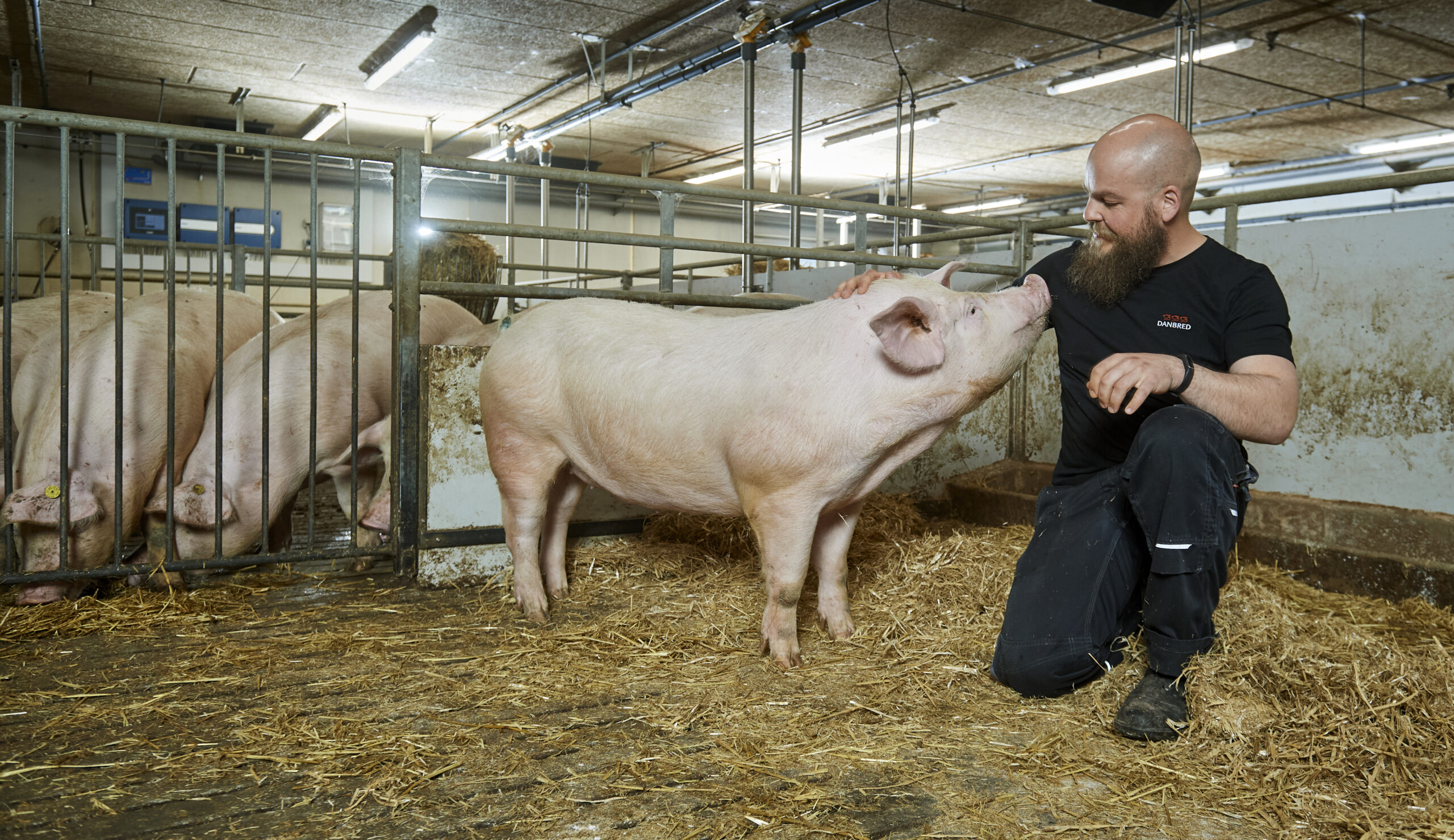Written by Christoph Hutter, Product Manager Feed Additives, ADDCON GmbH and Dr. Christian Lückstädt, Technical Director Feed, ADDCON GmbH.
Gut health of the pig is today one of the most important things for the profitable pig production, and in particular the longevity and productivity of the highly productive DanBred sow. Gut health basically means a balance between good and bad microflora inside the intestine. If that balance goes in direction of increasing number of bad microflora (which is very possible due to excellent conditions for living and growth for pathogenic bacteria in intestine), the ideal health and production conditions can be challenged. The use of organic acids to aid in the management of gut microflora, with many scientists believe that ‘dietary acidifiers can actually become the most common and efficacious alternative solution to antibiotics, in order to improve health status and performance of pigs’ (Papatsiros & Billinis 2012).
For a good health status of the gut (and all digestive tracts of the animal), a microbial status of the feed used in diet is very important. Using liquid organic acid products (e.g. ADDCON XL 2.0) and organic acid salts (e.g. ADDCON XF Superfine) in feed preservation can control both a number of pathogens and the pH in the stomach with acids coming from the feed. Feed treated with organic acids/organic acid salts can improve the health status of the feed, stimulate better digestion of nutrients due to control of the pH in stomach and subsequently contribute to a better gut health.
By using organic acids in the diet, in particular diformate (KDF, e.g. FORMI®), we can contribute to the better gut health and better gut morphology. In the digestive tract of the animal the product has a double effect; it acts as both as an acidifier and an antibacterial agent. The ability of the product to lower the pH in the animal’s stomach allows it also to improve the digestion, absorption, and utilization of ingested dietary nutrients. The antibacterial effect of the product is based on the stability of the molecule and its strong antimicrobial effect against harmful bacteria in the lower parts of digestive tract (mainly Gram-negative bacteria), controlling some pathogenic pH sensitive gram positive bacteria, and having a positive impact on beneficial Gram-positive bacteria, like Lactobacillus and Bifidobacterium (Canibe et al., 2001; Knarreborg et al, 2002; Øverland et al., 2000).
Consequently, a better morphological status of the intestine (villi length and crypt depth) is seen, most likely due to presence of butyric acid (form of energy for the enterocytes), which is obtained as a normal metabolic product of commensal microflora. The gut morphology status is also better, due to the reduced intestinal loading by pathogenic microflora which are controlled by formic acid from potassium diformate.
For further information, please visit here.
Reference List
Canibe, N. Steien, S.H. Øverland, M. Jensen, B.B. 2001. “Effect of K-Diformate in Starter Diets on Acidity, Microbiota, and the Amount of Organic Acids in the Digestive Tract of Piglets, and on Gastric Alterations.” Journal of Animal Science 79(8): 2123–33.
Knarreborg, A. Miquela, N. Granlib, T. Jensen, B.B. 2002. “Establishment and Application of an in Vitro Methodology to Study the Effects of Organic Acids on Coliform and Lactic Acid Bacteria in the Proximal Part of the Gastrointestinal Tract of Piglets.” Animal Feed Science and Technology 99(1–4): 131–40.
Øverland, M. Granli, T. Kjos, N.P Fjetland, O. Steien, S.H. Stokstad, M. 2000. “Effect of Dietary Formates on Growth Performance, Carcass Traits, Sensory Quality, Intestinal Microflora, and Stomach Alterations in Growing-Finishing Pigs.” Journal of Animal Science 78(7): 1875–84.
Papatsiros, V.G. & Billinis, C. 2012. “The Prophylactic Use of Acidifiers as Antibacterial Agents in Swine.” Antimicrobial Agents (May 2014).











